
 The Lighthouse ... an environmentally- sensitive design.
The Lighthouse ... an environmentally- sensitive design.
Low carbon commercial towers may one day become a reality in Dubai, thanks to the designing expertise of international consultants Atkins, whose Middle East operation is currently undertaking the concept design for ‘The Lighthouse’, a 66-storey commercial office tower.
Located in the heart of the Dubai International Financial Centre (DIFC) adjacent to ‘The Gate’, the 400-m luxury office tower aspires to be a low carbon commercial building, which aims to reduce its total energy consumption by up to 65 per cent and water consumption by up to 40 per cent and thereby set a new benchmark in energy conservation in buildings.
The approved environmentally-sensitive design of the tower will include provisions for various applications for renewable energy, reduced carbon emissions and energy saving techniques.
This will be achieved through the use of passive solar architecture, many low energy, low water engineering solutions, recovery strategies for both energy and water and building integrated renewables - including large-scale wind turbines and photovoltaics.
During the development of the design, Atkins will map and manage the embodied energy content of the building and select materials from sustainable sources, so that the impact on global resources is controlled.
A beacon of modernity, The Lighthouse will be characterised by special external lighting features that will distinguish it from all other high-rise buildings in Dubai.
Dr Omar bin Sulaiman, governor of DIFC, comments: “The launch of the DIFC Lighthouse Tower, the newest landmark on the skyline of Dubai comes in line with our objective for the ongoing expansion of the DIFC and concomitant growth of the emirate. This tower will help meet the burgeoning demand for high-quality office space in the heart of our thriving community.”
“The unique design of this slender tower will make it stand out, especially at night, when the external lighting will serve, like a lighthouse, to attract the admiration of residents and visitors alike. We are particularly proud of the project’s environmentally-friendly and sensitive design, which will set a new benchmark for energy conservation in the region.”
Already, designers are looking at a steel frame solution for this structure. Additionally, features such as floor plates interconnected by micro-atria and the inclusion of interconnecting vertical gardens are being actively considered to enhance the social aspects of this building.
From the early stages of the project, Atkins will work closely with DIFC to establish and rigorously evaluate options for achieving a low carbon building before making final recommendations.
Inspired by the rectilinear context and simple minimalist lines of the existing DIFC precinct, as well as the client’s requirement of creating a ‘lighthouse’ for DIFC, the building generates active energy through three integrated 29-m diameter wind turbines. To optimise performance and operational periods, the 225 kV turbines have windward directional wind vanes or limited yaw and the spandrel glazing sections of the south-facing vertical façade incorporate 4,000 photovoltaic panels.
This unique building, with a total built-up area of 140,000 sq m, is expected to become a working prototype for low carbon towers within the region and a model for more sustainable developments in the future. It will feature 84,000 sq m of commercial space as well as basement and podium parking, convention centres, retail, environmental visitor centre and a park connecting to the DIFC central spine.



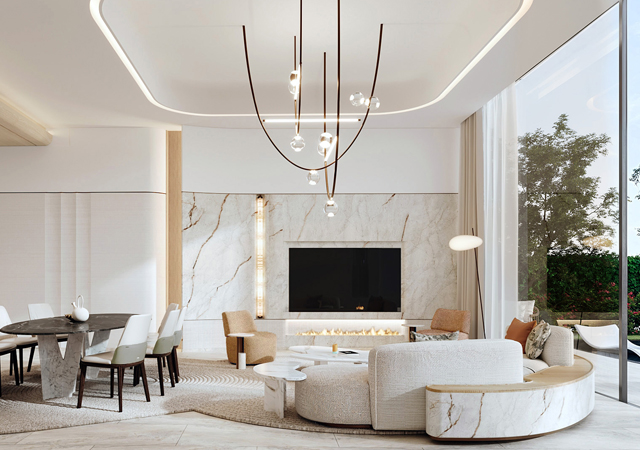
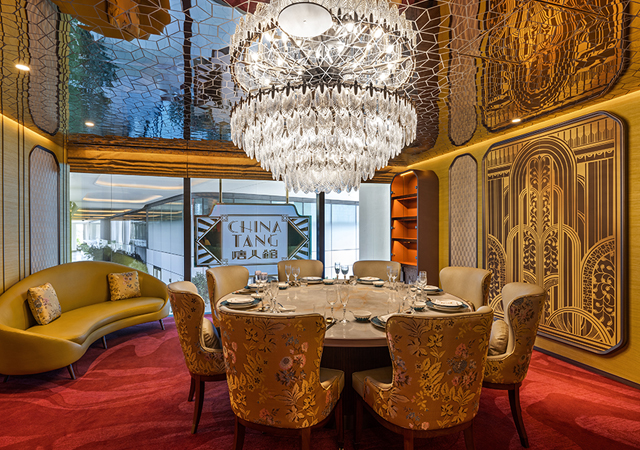
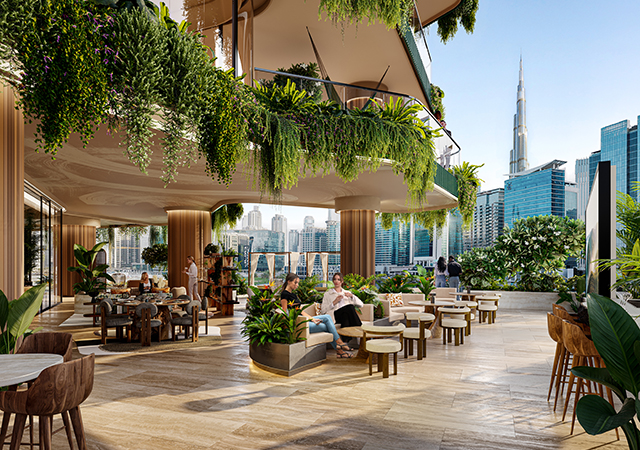
.jpg)


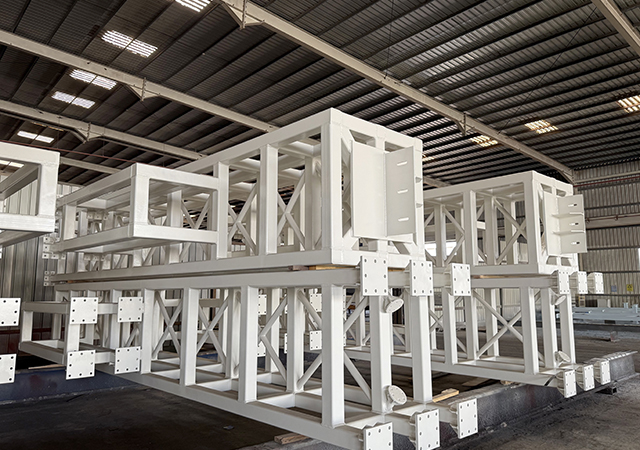




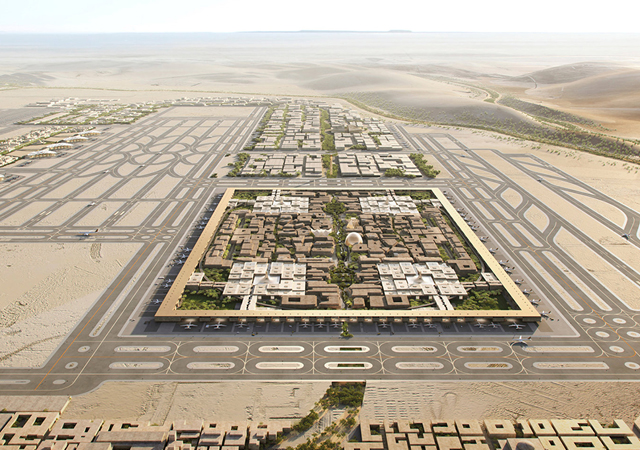
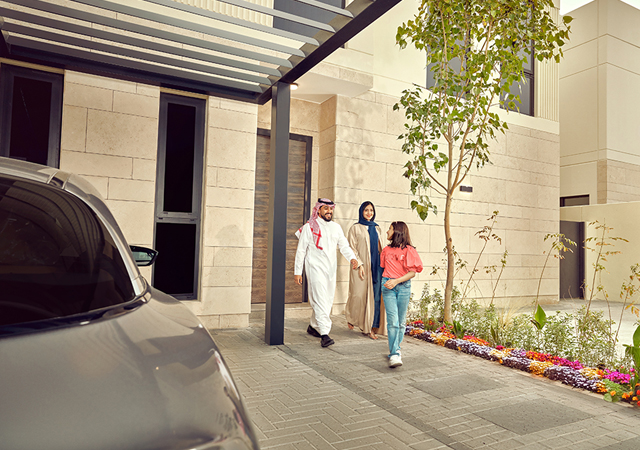
.jpg)
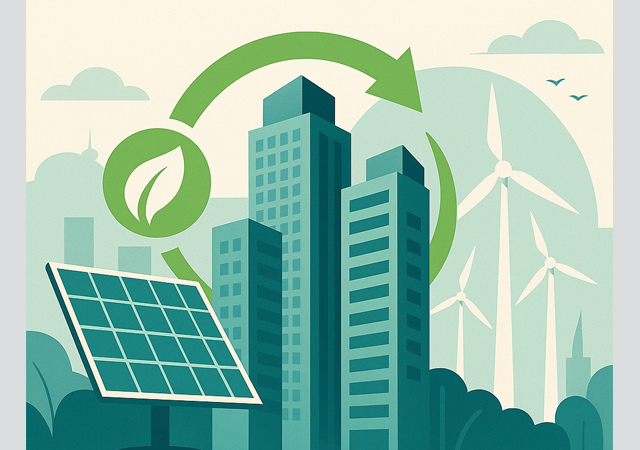



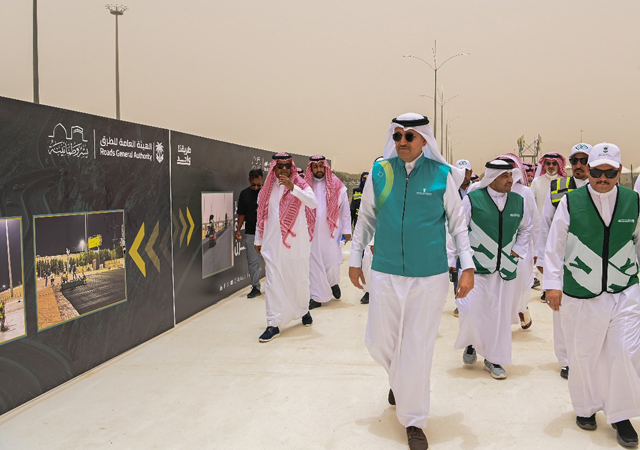

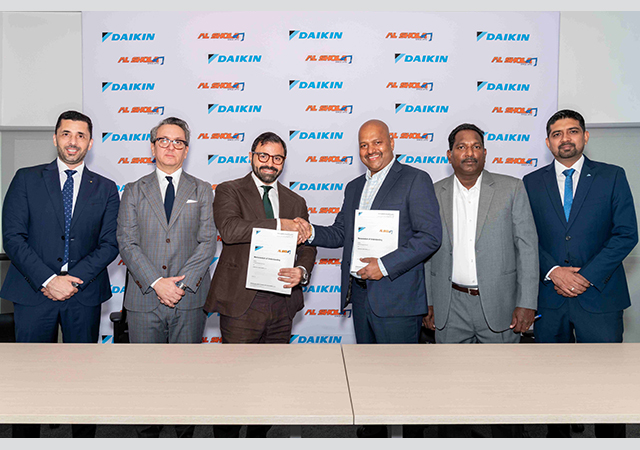

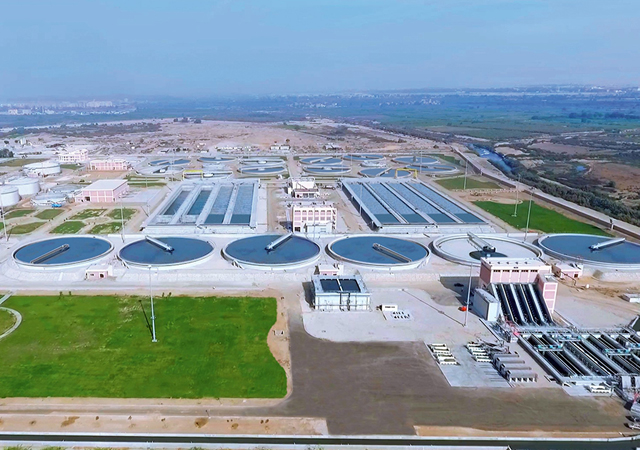
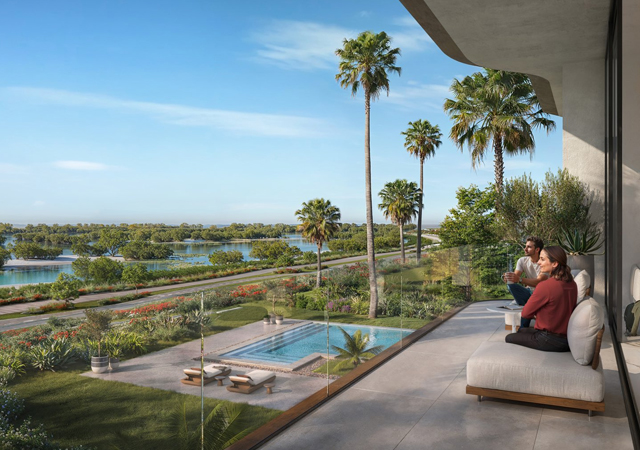
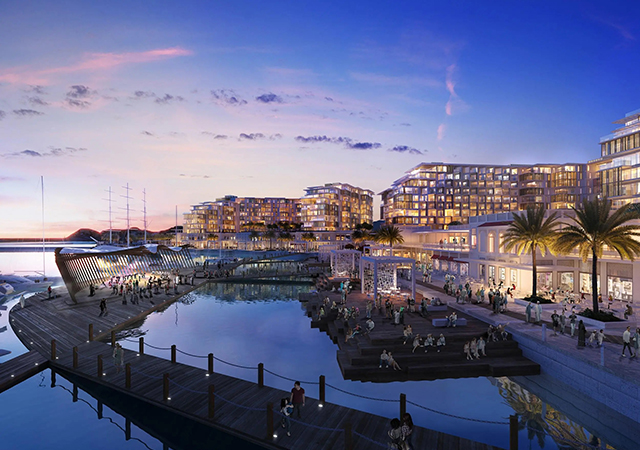

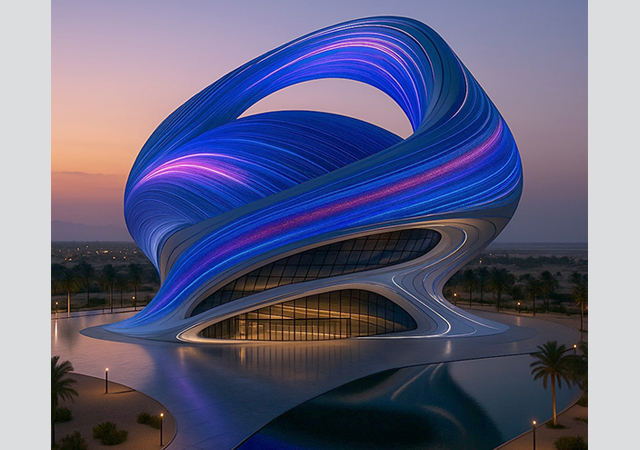

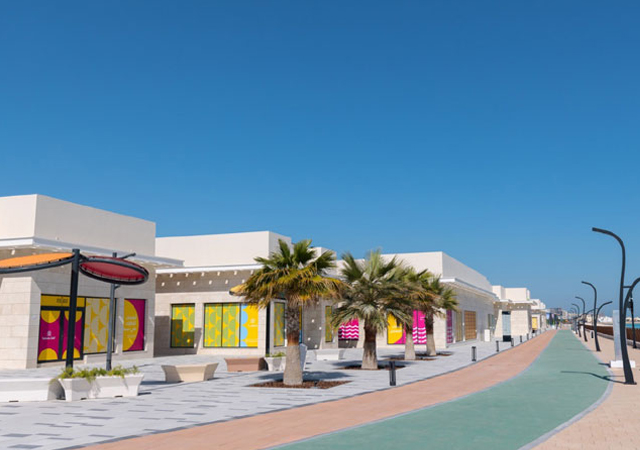

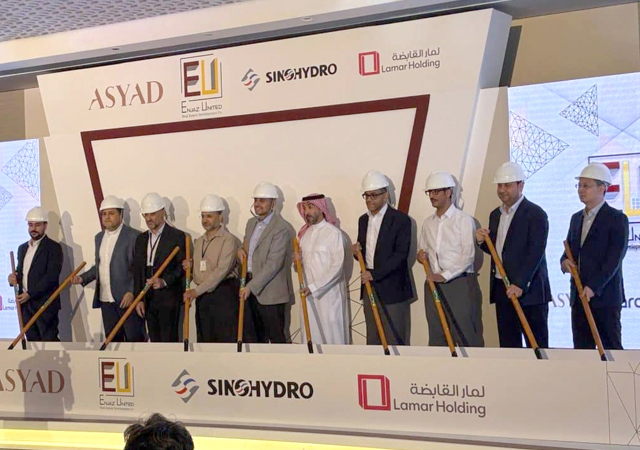
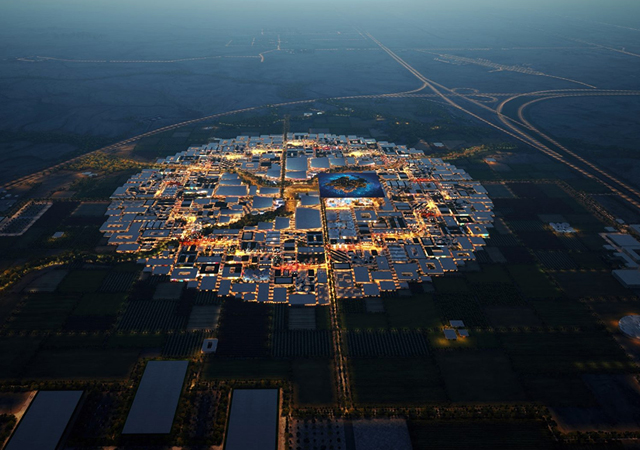
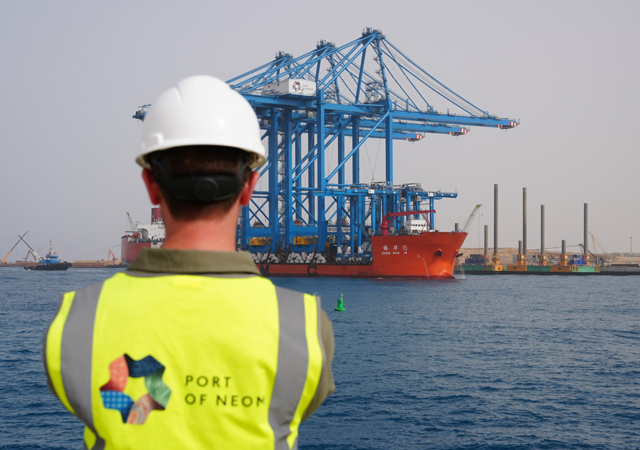
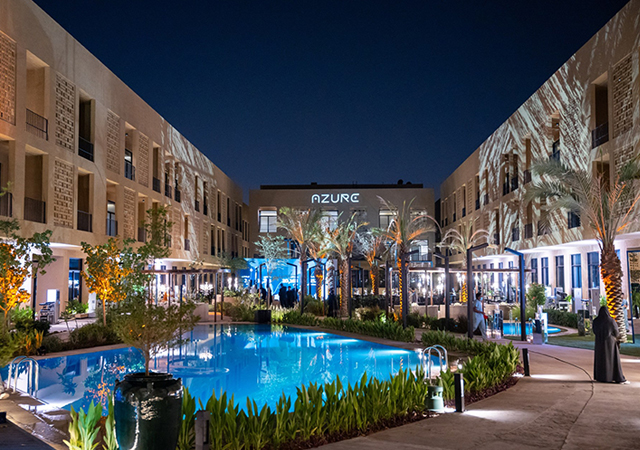
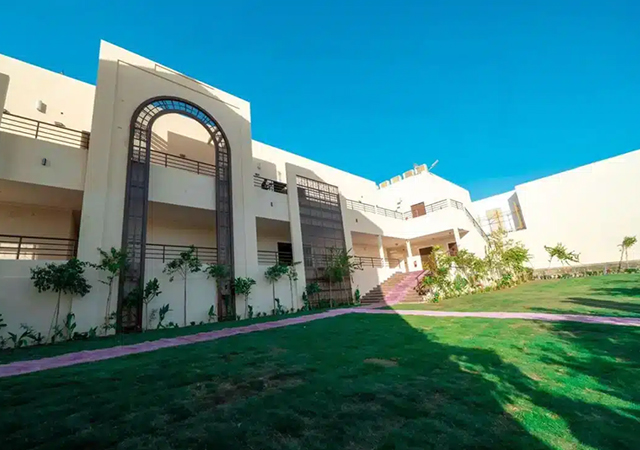


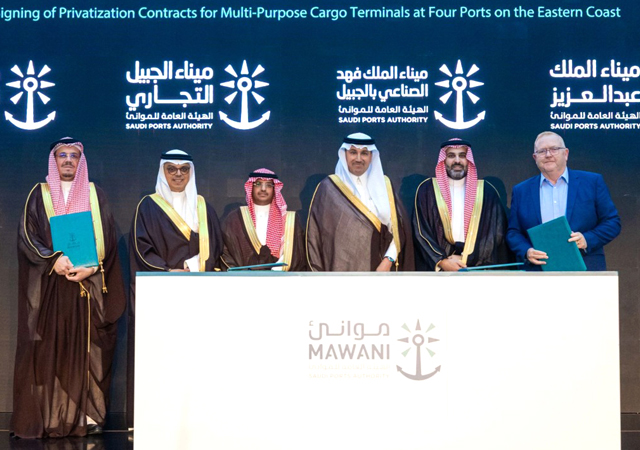
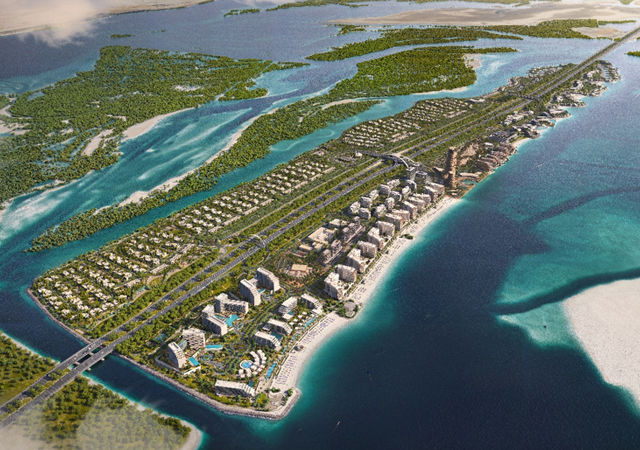

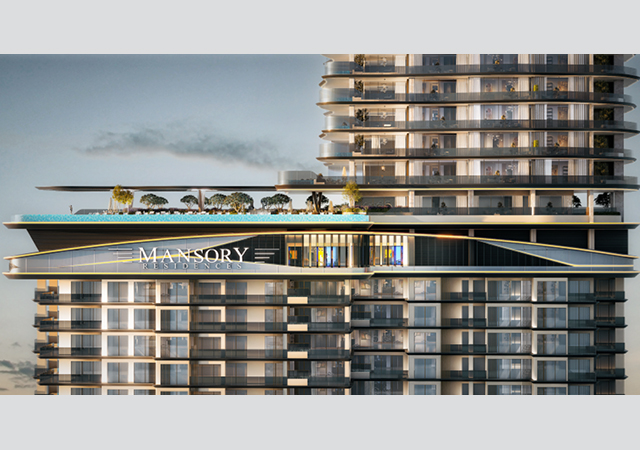
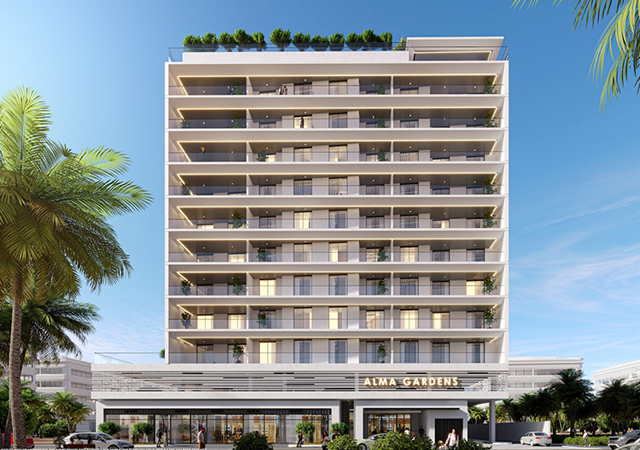

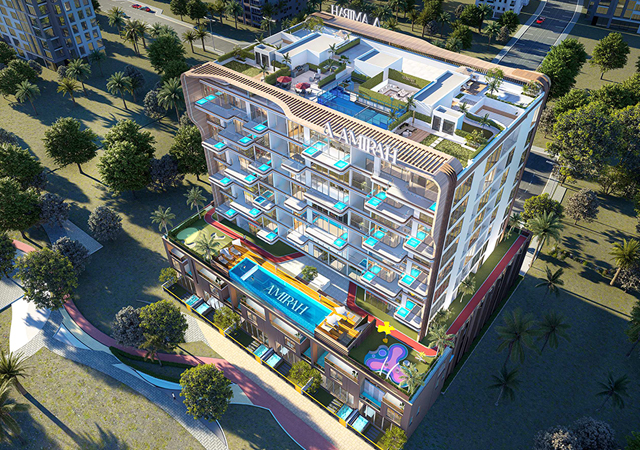
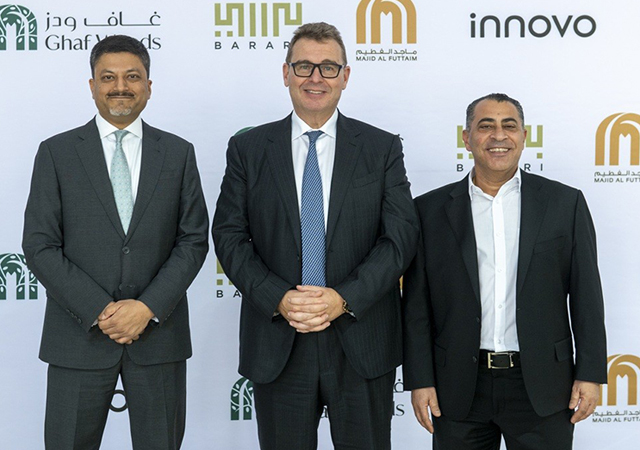
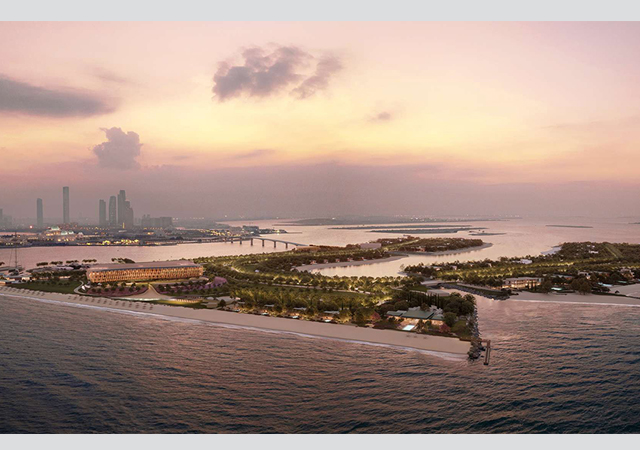
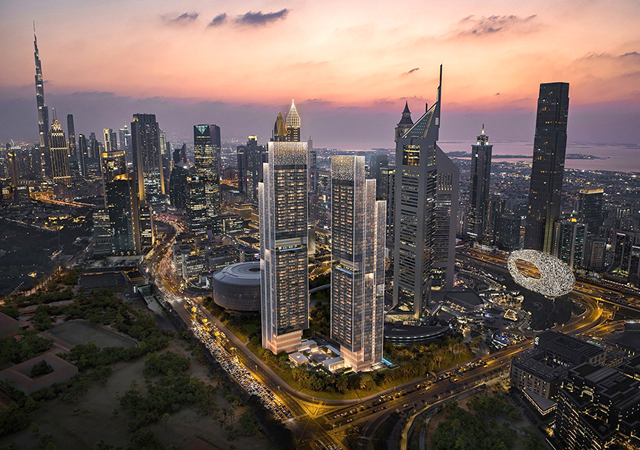
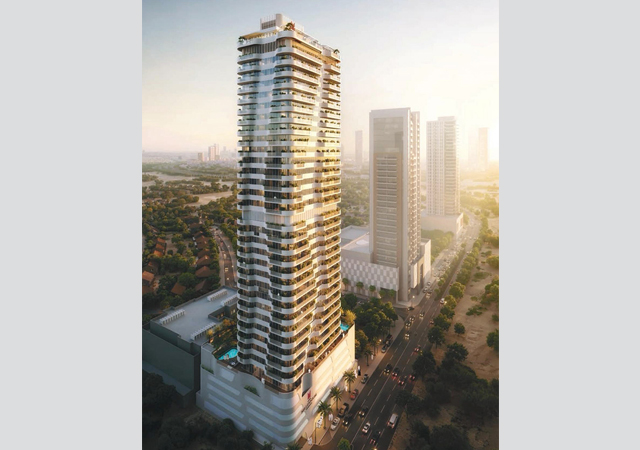
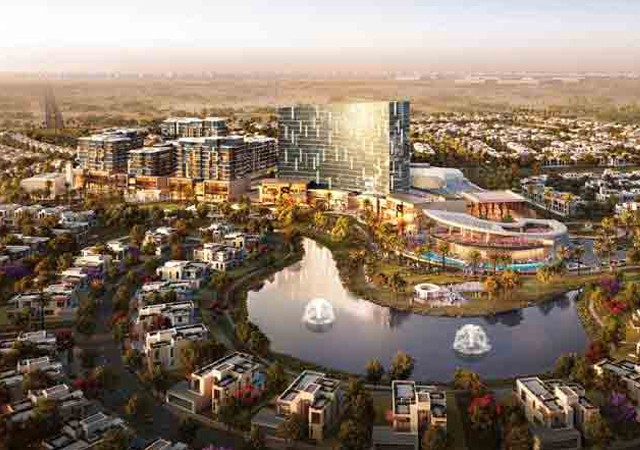
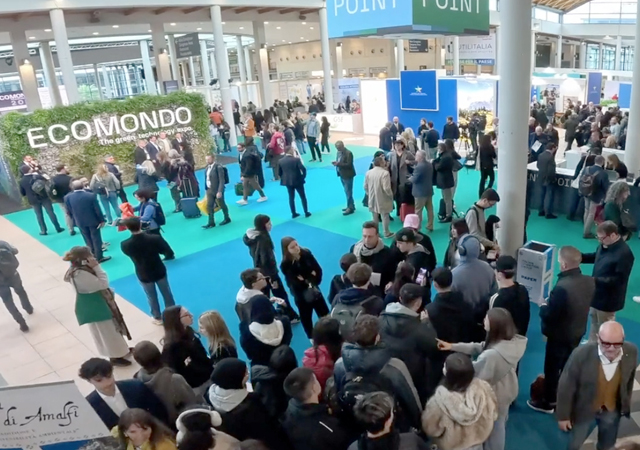
.jpg)








